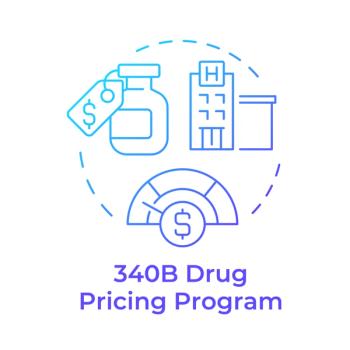
Concerns in the Ease of Use for At-Home COVID Tests
As the need for rapid tests increase, the nation's largest non-profit patient safety organization evaluated seven COVID-19 rapid tests and found serious gaps in their usability. Results shared that none of the tests were rated as excellent and some had noteworthy usability concerns.
As the consumer demand for COVID-19 rapid tests increased due to the spread of the omicron variant, the nation's largest non-profit patient safety organization
ECRI analyzed seven popular COVID-19 rapid tests based on the well-established
"Our evaluation shows that some rapid tests are much easier to use than others," says Marcus Schabacker, MD, PhD, president and CEO of ECRI, in the release. "If given options, consumers should choose tests that are the easiest to use because when a test is difficult for a consumer to use, it may lead to an inaccurate result."
The tests evaluated and their ratings on the SUS scale are:
1. On/Go - Very Good (82.9)
2. CareStart - Very Good (80.8)
3. Flowflex - Very Good (79.5)
4. QuickVue - Good (75.6)
5. BinaxNOW - Good (73.3)
6. InteliSwab - Good (73.3)
7. BD Veritor - Okay (51.8)
ECRI analysts said some tests require particularly fine motor control or have instructions with extremely small font size that may make it difficult for older adults and others with complex health conditions to use the tests correctly. Often, these groups are more susceptible to contracting COVID-19 and face more severe complications.
Given demand and supply issues, Schabacker said consumers may not be able to choose their rapid test and may have to rely on whatever is available to them. In that case, they should be aware of the specific usability concerns for that test so that they can try to mitigate any factors that may lead to an inaccurate result.
Newsletter
Get the latest industry news, event updates, and more from Managed healthcare Executive.






















































